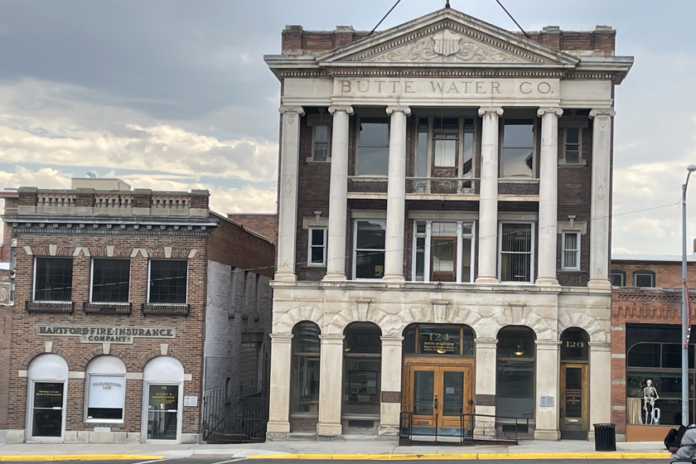Recent advancements in iPhone technology, specifically from the iPhone 14 series onward, have introduced the capability to connect to satellites, enhancing communication options significantly, especially in remote or emergency situations where traditional cellular and Wi-Fi networks are unavailable.
With models starting from the iPhone 14, users can leverage satellite connectivity for various functions including calling emergency services, requesting roadside assistance, sending messages via satellite (both iMessage and SMS), and sharing location details. This functionality is integrated into iOS 18, allowing for seamless iMessage use over satellite when there’s no other connectivity.
When your iPhone detects no cellular or Wi-Fi signal, it will prompt you to connect via satellite. You’ll receive on-screen guidance to orient your phone towards a satellite, which might require a clear line of sight to the sky. Once connected, you can communicate as you would normally, though with some limitations due to satellite technology’s inherent delays.
Usage and Limitations:
You can text emergency services, which, through Apple’s infrastructure, routes your message to the appropriate emergency responder. This involves your location being shared with Apple and relay providers for routing to emergency services.
iMessages and SMS can be sent via satellite. However, receiving messages might be limited to emergency contacts or family sharing group members when you’re connected via satellite.
You can share your location via satellite with friends or family using the Find My app, encrypted end-to-end for privacy.
The satellite features come free for two years with the activation of a new iPhone model supporting this technology. After this period, or for more detailed pricing on ongoing or specialized use, information wasn’t directly provided, suggesting a potential subscription model or additional fee structure might be in place.
There’s a growing awareness among iPhone users about this feature, especially highlighted during natural disasters or events where conventional communication networks fail. People online are sharing tips on how to access this feature, indicating both curiosity and appreciation for its emergency utility.
Satellite communication, while groundbreaking, does come with challenges like higher latency due to the distance signals must travel, which might affect real-time communication. Also, maintaining a connection requires keeping the phone pointed at the satellite, which might be cumbersome in some emergency situations.
This integration of satellite connectivity into iPhones marks a significant step towards enhancing safety and communication in areas beyond traditional network coverage, offering peace of mind and connectivity where it was previously unavailable.





